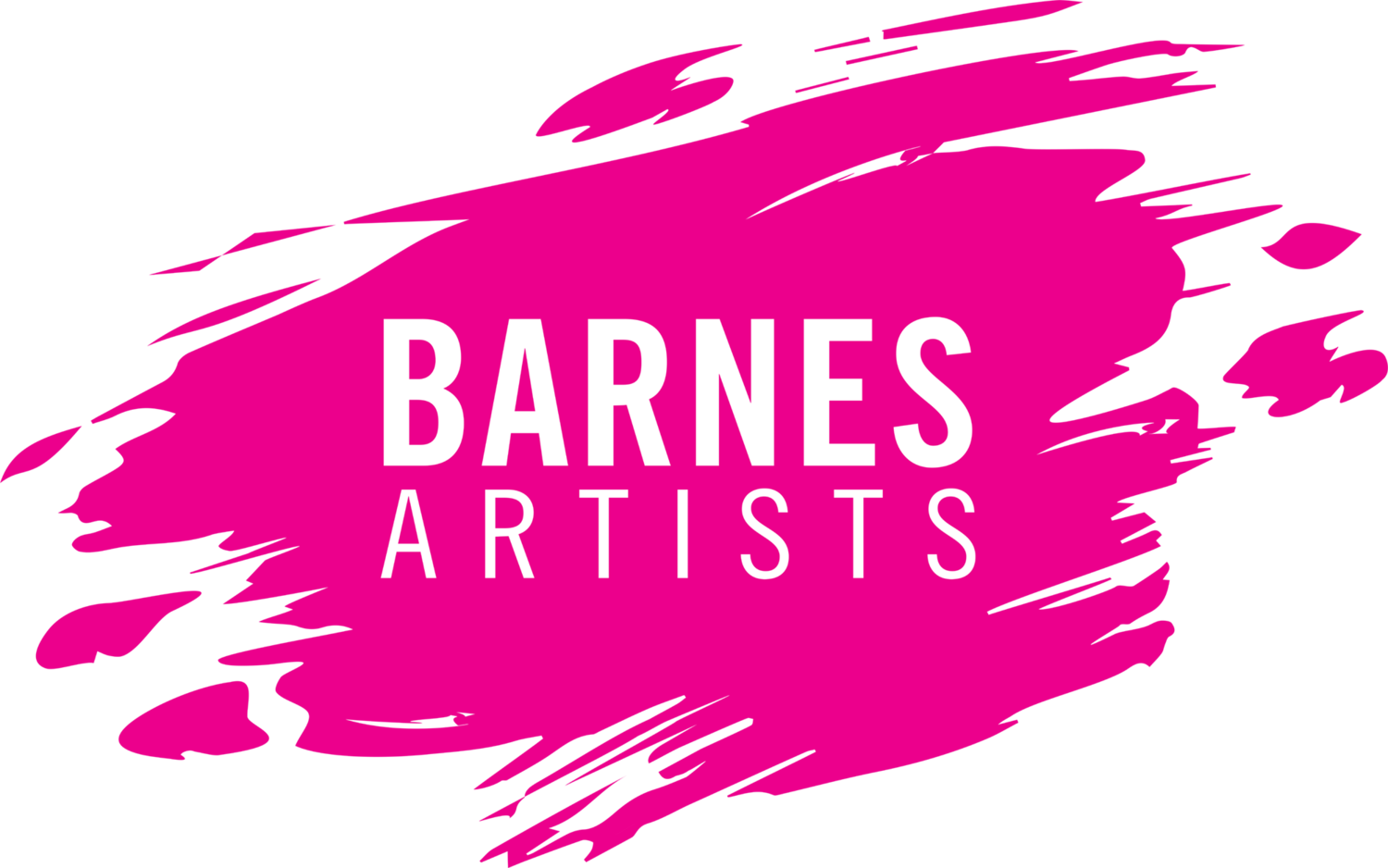Artist of the month – December
Belinda Shaw
Belinda Shaw completed the Arts Foundation Course at the City Lit, London, in 2011 and was awarded the University of the Arts London Foundation Diploma in Art and Design.
She has been a member of Barnes Artists since 2019 and has exhibited at local art fairs, shows and commercial outlets. She is also a member of Richmond Art Society.
Belinda has a masters degree with distinction in Inclusive Education, Institute of Education, University of London (2004) and bachelor of arts degree from the Open University (1999).
She was part of the UK team of non-government representatives who took part in negotiations for the United Nations Convention on the Rights of Disabled People in New York and online between 2004-2006. The Convention came into force in 2008 and governments around the world, including the UK government, have agreed to support it.
The Hardest Challenge
Joining the Art Foundation Course at the City Lit in London, after a career in journalism and lobbying was one of the hardest challenges in my life.
After 40 years working with words, spellings, arguments, lay out, editing, interviews and typos I was faced with understanding a different language. To grow as an artist I had to make sense of colour, tone, composition, perspective, line, space, shape and texture. I had to master new tools and materials.
What sort of an artist was I going to be?
The course provided plenty of opportunity for experimenting. That is what I love to do but students were also required to plan, present and evaluate their work, and record and explain their process which I did not enjoy so much. However, I came to understand that the ability to replicate work for potential customers is important.
Art for Art’s Sake
I left the course with a basic qualification and no wish to start a new career. I was – and still am – in love with the excitement and joy of creating art for its own sake. At Barnes Artists I have been lucky enough to find colleagues who support me in this approach and also engage me in further creative challenges and share opportunities for continued learning and development. I call art my retirement pleasure. I want to savour everything involved and I also want to get better at what I do. I still don’t know what sort of artist I am going to be but some aspects are becoming clearer.
Necessarily Abstract
I think my art is necessarily abstract because I work only loosely to a plan and leave space for fluidity and spontaneity. I think of my art as having a life of its own. As a starting point, I am often attracted by close-up aspects of the outside world, natural or architectural. I am also inspired by textures and colours and am particularly drawn to all kinds of fabrics, packing, and industrial materials. I get excited when I start combining different materials and colours and creating different shades, shapes and contrasts. I feel ambivalent about conceptual art but land art has taken my fancy and recently I have been experimenting with weathering fabrics in my garden and recording the process and time-scale. I love to paint but I find I have not yet mastered the necessary skills sufficiently to provide the combinations of elements that appeal to me.
Collage, Rip, Cut and Print
Collaging and layering fabrics and other materials seems to work better for me at the moment using stitch or glue to hold a composition together. I may use paint as a foundation layer or at a later stage with further stitching for decoration and balance.
I often rip or cut work in the preliminary stages and re-piece and re-assemble it perhaps several times until I have a resolution that pleases me. Lately I have been printing my own fabrics, using a method called breakdown printing which is a form of screen printing.
Breakdown creates organic-type marks and images. Some of the better bits which emerge seem to incorporate naturally into my art.
Artists who are a continuing influence include Alberto Burri, Mark Rothko, Henri Matisse and Robert Rauschenberg. The Arte Povera Movement says a lot to me, as does the Japanese aesthetic of Boro. I feel strong, sometimes visceral, connections with these influences. I was most deeply affected by the 2014 Boro exhibition in Somerset House by Gordon Reece and Phillipe Boudin of pieced, darned, patched and worn indigo cloths and clothing. And if my house was burning down I would rush back in to save the catalogue from that exhibition.


